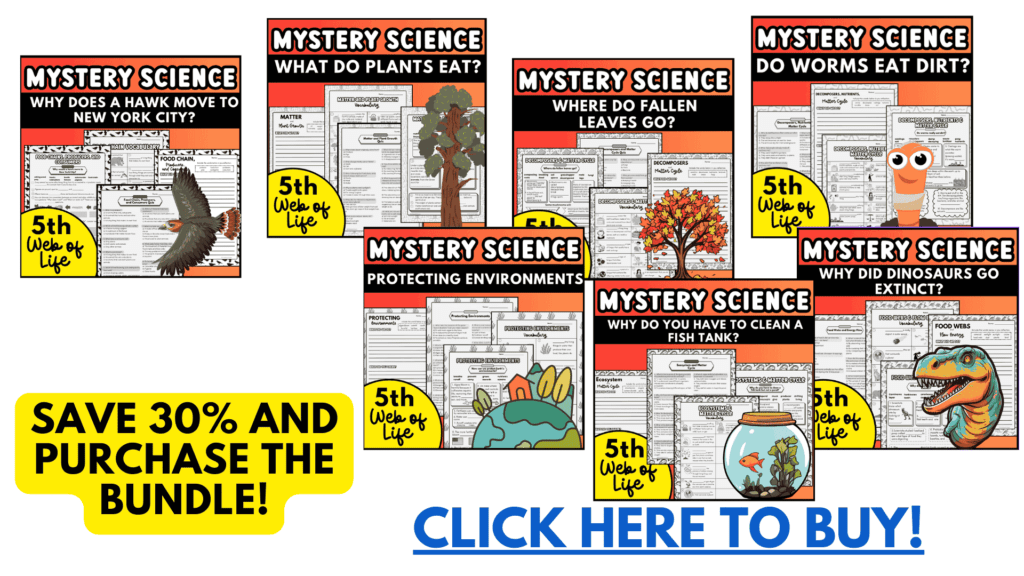If you are a teacher who has to teach all subjects including PE (yep, that’s me), you are probably overwhelmed with lesson planning. Just coming up with engaging lessons for all subjects is very stressful. To tell you the truth, I dreaded teaching Science because I just didn’t know what to do to teach the standards. So when I came upon Mystery Science, it was a game changer.
What is Mystery Science?
Mystery Science is an online science curriculum that is hands-on and very easy to use because of the step-by-step video directions. Its standards are aligned to the Next Generation Science Standards. It is free for the first year by just signing up with your email.
The lessons in Mystery Science are based on videos so there is minimal reading. Each lesson has 4 parts.
Part 1 Exploration
The lesson first starts with a video that grabs students’ attention. Mystery Doug, the creator of Mystery Science, gives background knowledge about the topic which is called the “Exploration” part of the lesson.
Part 2 Hands-On Activity
The second part is the actual hands-on activity where Mystery Doug walks the students (and the teacher for that matter) step-by-step through the hands-on lesson.
Part 3 Wrap-Up
The Wrap-Up summarizes what students learned and did.
Part 4 Anchor Connection
The anchor connection part gets students to discuss answers to previous questions they had about the lesson or any new questions they may have. Students will use a worksheet where they record their thinking and connect the current lesson to the previous ones.
The Anchor Connection encourages discussions and the slides lead you through the questions to get your students talking about science.
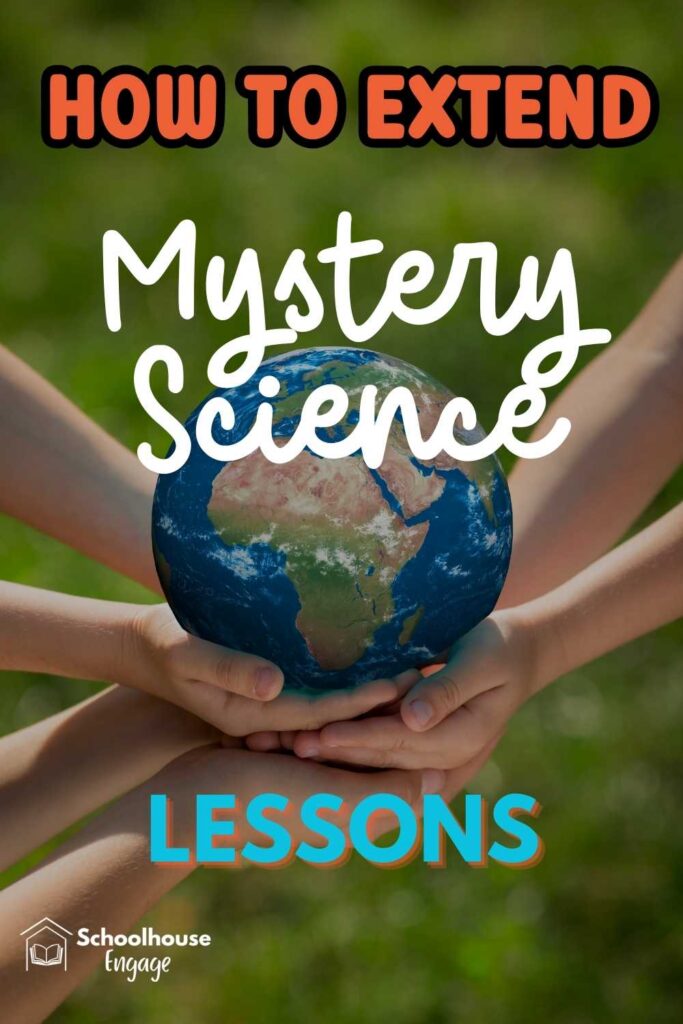
Why Mystery Science is Perfect for 5th Grade
Mystery Science is aligned with all the Next Generation Science Standards and they have lessons about the following science units:
- Ecosystems and the Food Web
- Water Cycle and Earth’s Systems
- Stars and the Solar System
- Chemical Reactions and Properties of Matter
The lessons are engaging because the videos capture students’ attention. The discussion questions encourage critical thinking and problem-solving skills. The videos always end with Doug saying “Stay curious” and the lessons foster curiosity and a love for science.
Planning the Mystery Science Lessons
The best part about Mystery Science is that everything is done for you. Well, almost. You will need to print out some materials or worksheets, and Mystery Science tells you exactly how many copies you need once you input how many students you have.
A short preview video is included in every lesson so you can quickly see what the lesson is all about. You will need to purchase some items which I usually buy at Dollar Tree or Amazon.
Make sure to ask your parents for donations. Once I have my materials, I keep them in a Ziploc bag or plastic box to use year after year. I wish I could say that I have everything neatly labeled, but that is a project that I will eventually get to!
Some lessons will require you to cut up cards to play games. If they are still in good shape, save them for next year. After each lesson, take notes on how you can make improvements for the following year.
Maybe you didn’t need to print all the worksheets. You’ll learn how to make the lesson better and easier for next year. Just take notes and keep them in a Mystery Science Teach Notes folder.
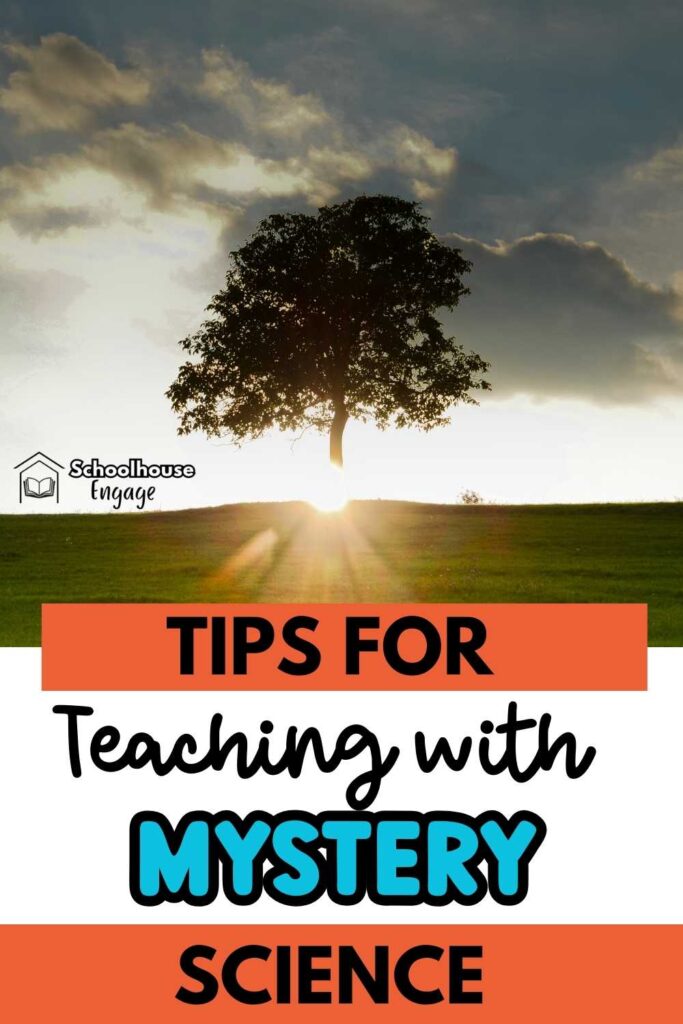
How to Implement Mystery Science
You can take 1-2 days to do a lesson but it depends on how long your Science block is and how much you want to extend the lesson. I like to stretch it out over 3-4 days if possible. Here’s how to do it:
Day 1 Teach Vocabulary and watch the Exploration Video
Go over the vocabulary slides with your students, which is a new feature, and then watch the exploration video. If you have English Learners having that vocabulary development is especially important but in general, it’s great for all students. I want my students to remember and memorize the vocabulary, so as we are reviewing the slides, they are writing the vocabulary word on vocabulary-guided notes that I created.
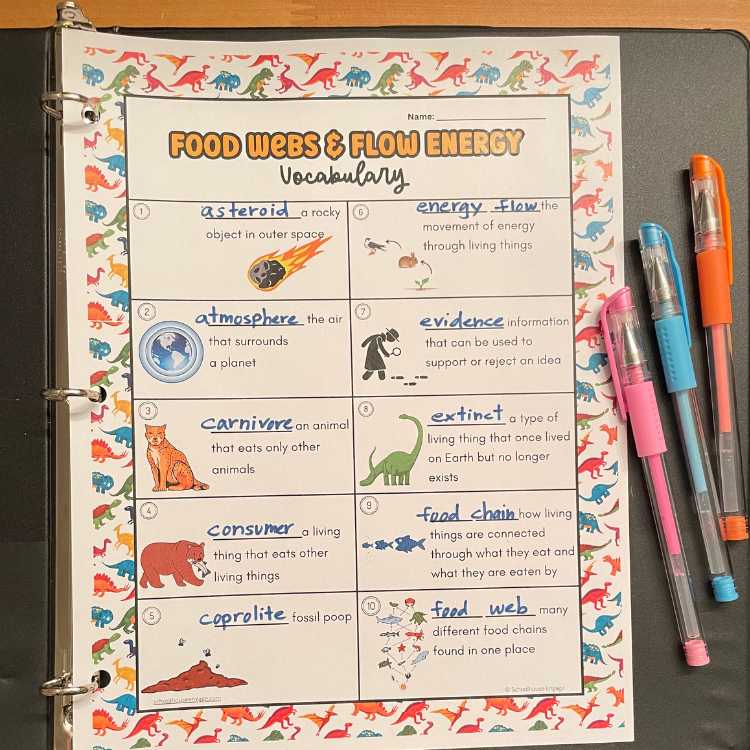
Day 2 Hands-On Lesson
Doing the hands-on lesson will usually take a whole block of science time. If we finish early, we watch a Mystery Doug video or do some reading from the “Extend this Lesson” section in the Mystery Science lesson.
Day 3 Review What Was Taught
Review key concepts by completing guided notes to help them with the Mystery Science assessment. These guided notes are also good for future reference when studying for the state test, which is called CAST (California State Test). Below is an example of the guided notes I created for the Protecting Environments lesson. You can grab a FREE sample HERE.
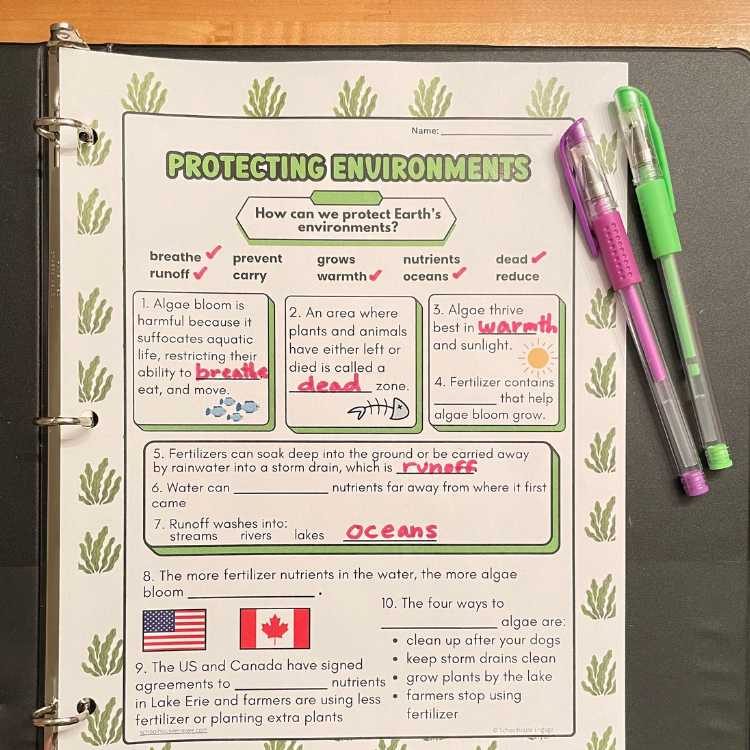
The notes are based on the exploration video. I give my students time to complete them before we review the answers. I’ve written a blog post about how I create and implement guided notes in my classroom. You can read it HERE.
Next, my students write in their Science journals. They answer two simple questions that help them synthesize the lesson.
What did we do?
What did you learn?
I print out a journal notes page for them to glue to their science notebooks with words that they need to include in their summaries. This assignment gets them thinking!
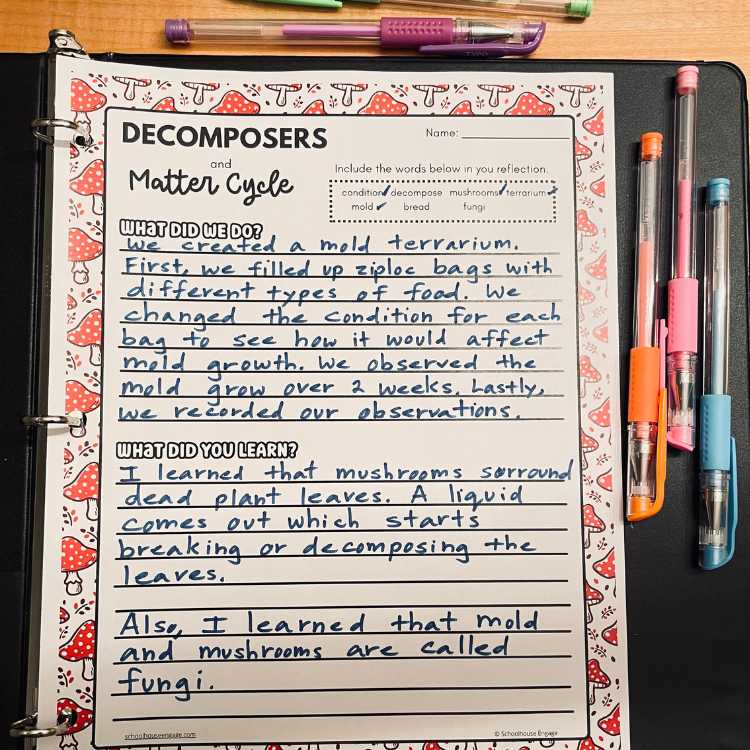
Day 4 Assessment and Extend the Lesson
Mystery Science Assessment
Taking the assessment can be done on Day 3, depending on how fast your students finish or how long your science block is. We use the assessments that are already included in the Mystery Science lessons.
These assessments only have about 5 questions and I highly recommend them because they are similar to the CAST questions. There is a lot of reading comprehension involved.
Mystery Science has a digital Google Forms version but I don’t find it easy to use nor is it easy to grade. See for yourself. If you decide to use it, make sure you go over it before you assign it. Some of the open-ended questions need to be corrected. You will need to go into your Google Forms settings to make sure you grade the open-ended questions before scores are released to students.
If not, all open-ended questions will be incorrect if you don’t check them first. To avoid all that, I like to change those to multiple choice to make grading faster.
The printable assessments are better for readability, but if you are pressed for time, the Google Forms quiz is your next best option. We review the answers together so students immediately see what they got wrong.
Teacher Created Assessment
After we go over the answers to the Mystery Science assessment, the following day I give my students a multipl-choice test that goes into their grade book for Science. I created these tests because I needed something quick and easy to grade. Questions are about some of the scientific facts and ideas they learned and what we did in the activity itself. An example is below:
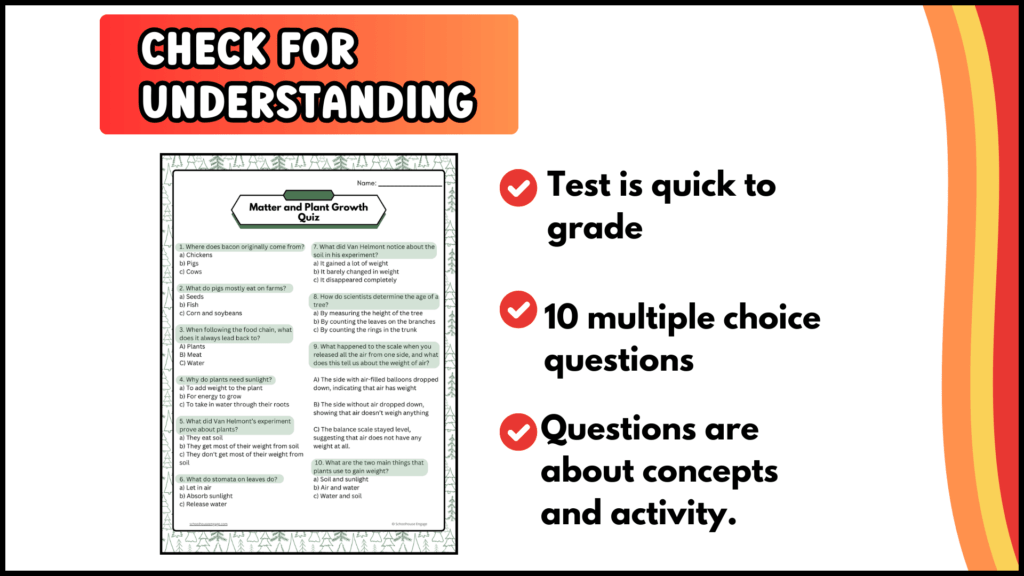
Extending the Lesson
If we have extra time, we do one of the “Extend this Lesson” options that are included in each Mystery Science lesson.
Some of the options are:
- Readings
- Discussions
- Videos
- Mini-Lessons
- Activity
Some of the reading materials are from ReadWorks which I love because it comes with comprehensions that you don’t have to correct! Open ended questions will of course need to be corrected by you, but you can choose express questions to eliminate them.
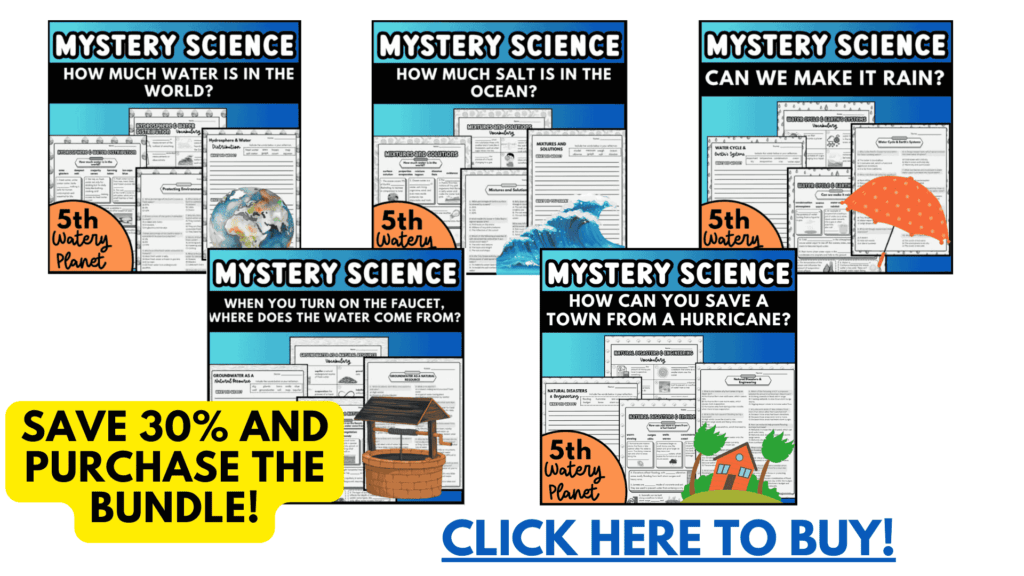
Tips for Maximizing the Impact of Mystery Science
Encourage Class Discussions
To get the most out of Mystery Science, I encourage you to walk around and listen in on the discussions your students are having. Give some type of reward to students so they are motivated to discuss the questions in the lesson.
Email parents
Mystery Science already has a letter template for parents. All you need to do is enter parent emails once (they’ll be saved) and hit send. You can also just cut and paste the letter to your school messaging system like Class Dojo or Parent Square.
The letter explains what students are learning and how parents can encourage curiosity at home. Some of the letters include videos students and parents can watch together.
Final Thoughts
Mystery Science offers an array of engaging lessons that I promise you and your students will love. With its user-friendly lesson planning and hands-on activities requiring minimal preparation, it’s a go-to resource for science education. My additional Mystery Science resources enhance the lessons so that your students have a deeper understanding and retain what they learned. You can grab the whole Web of Life Unit Bundle HERE. You got this! Giselle
